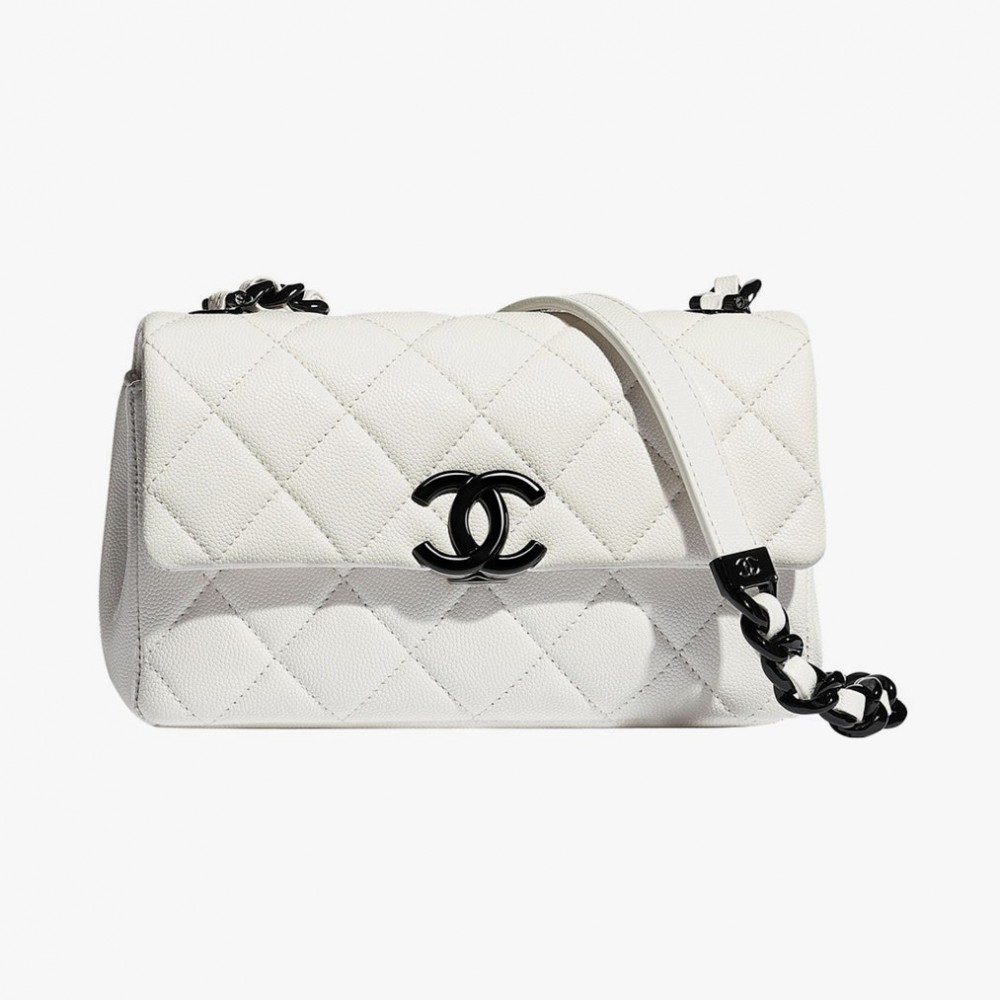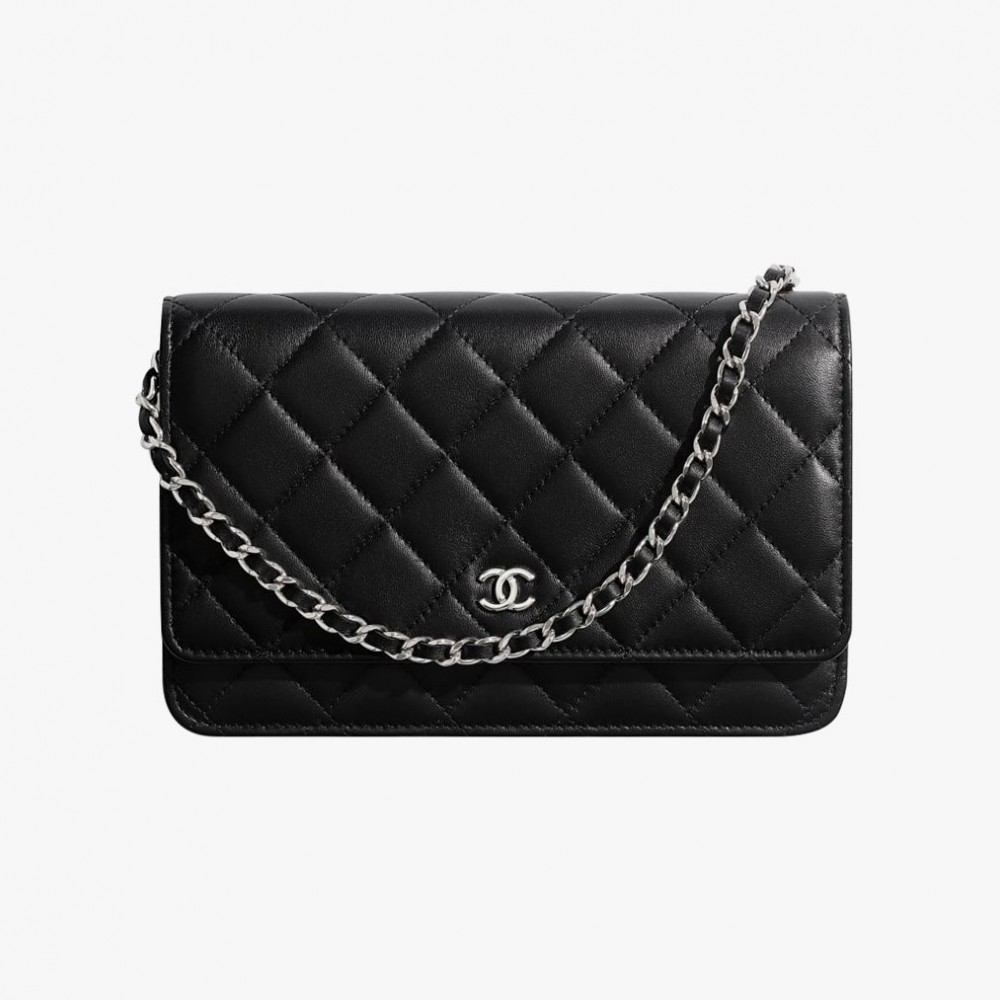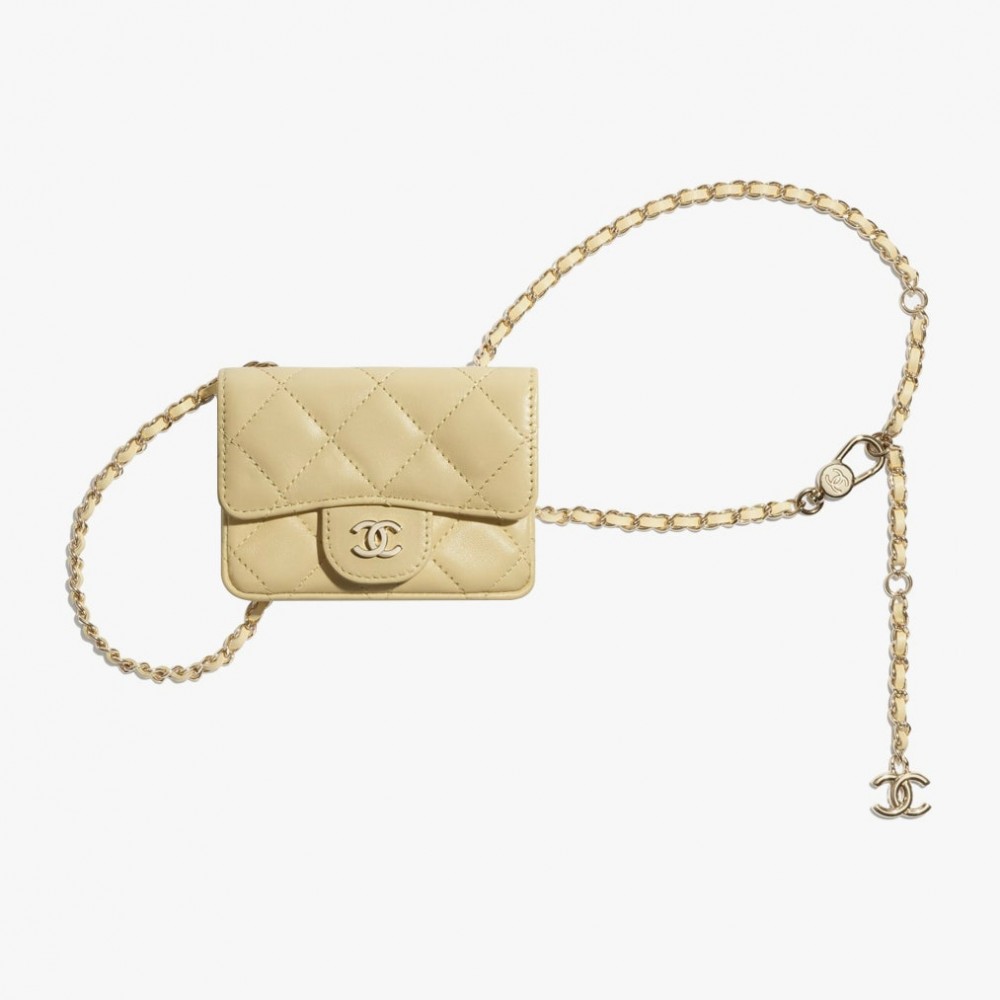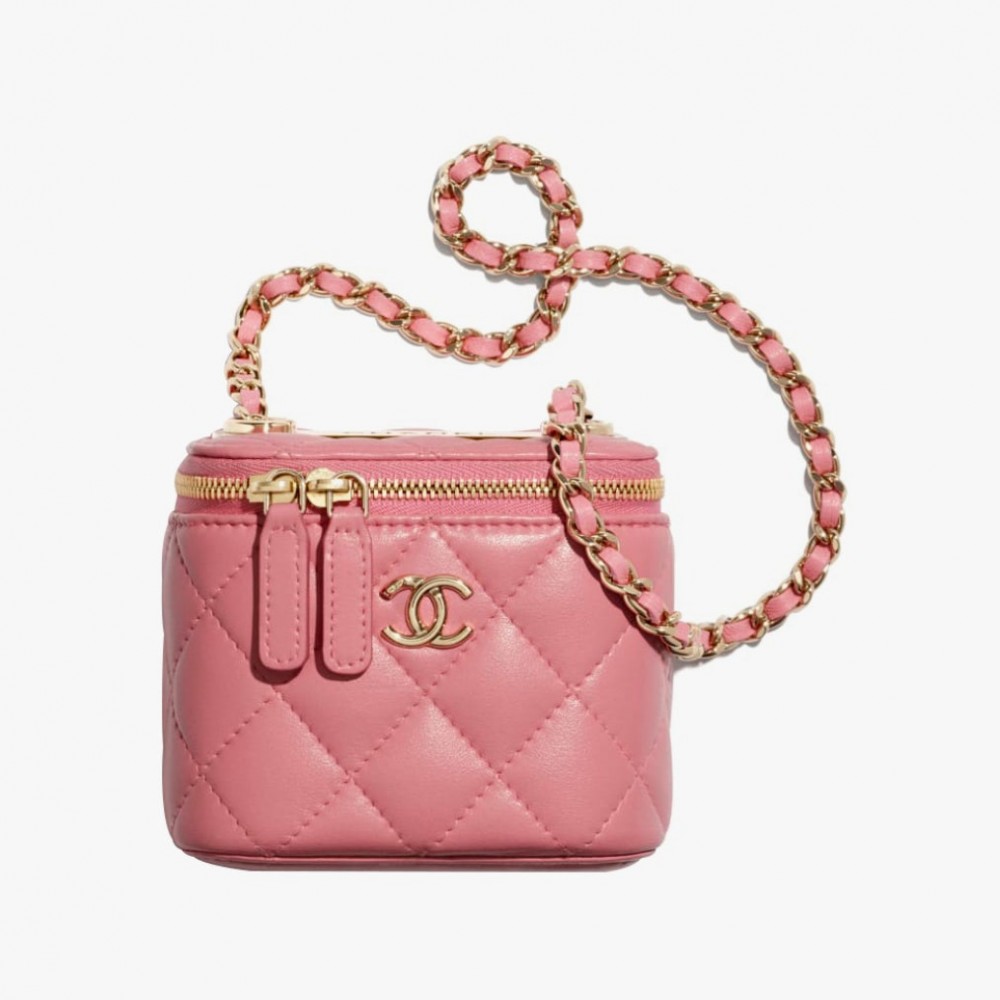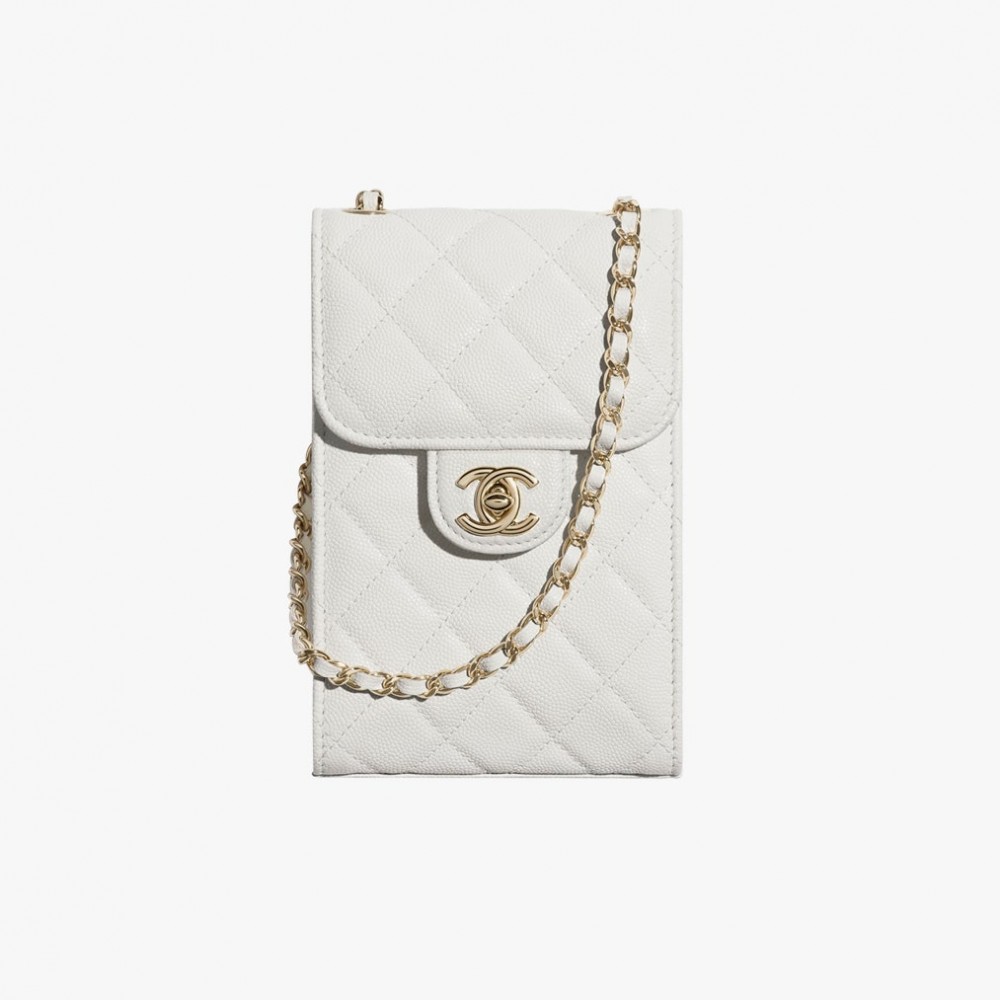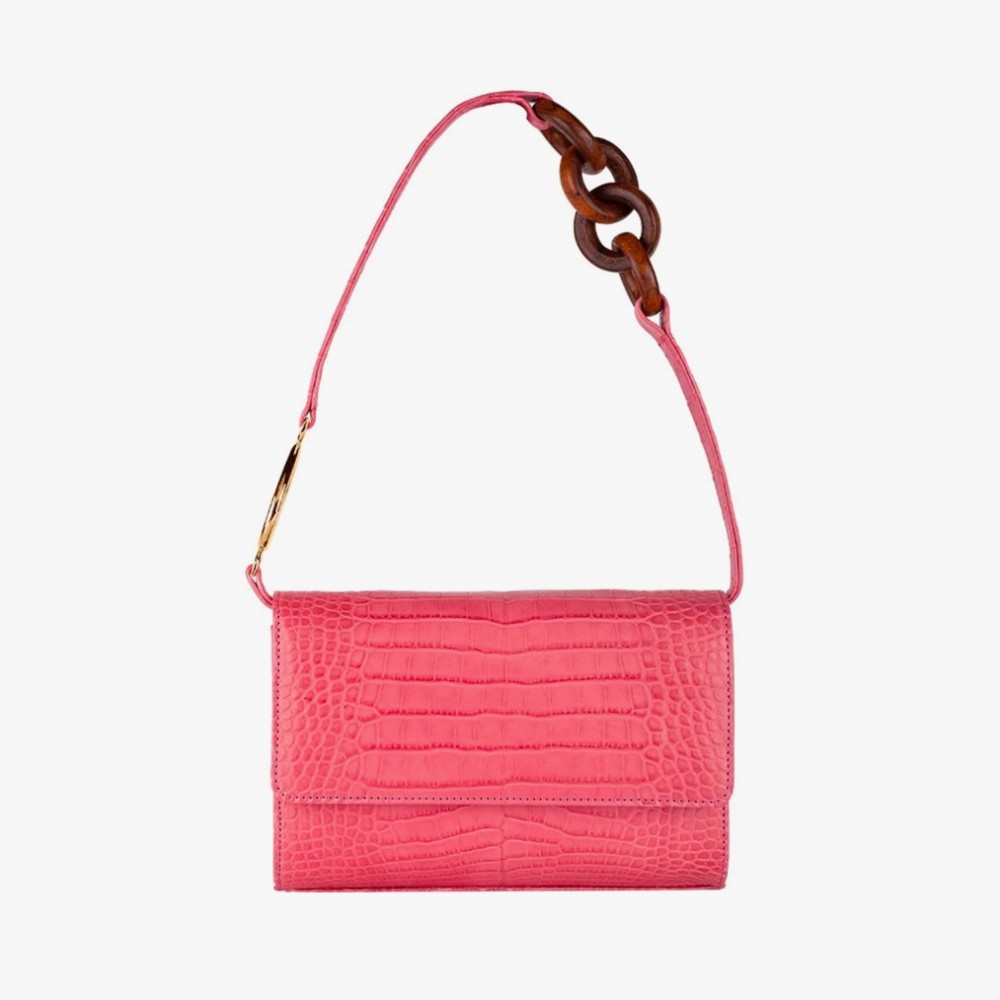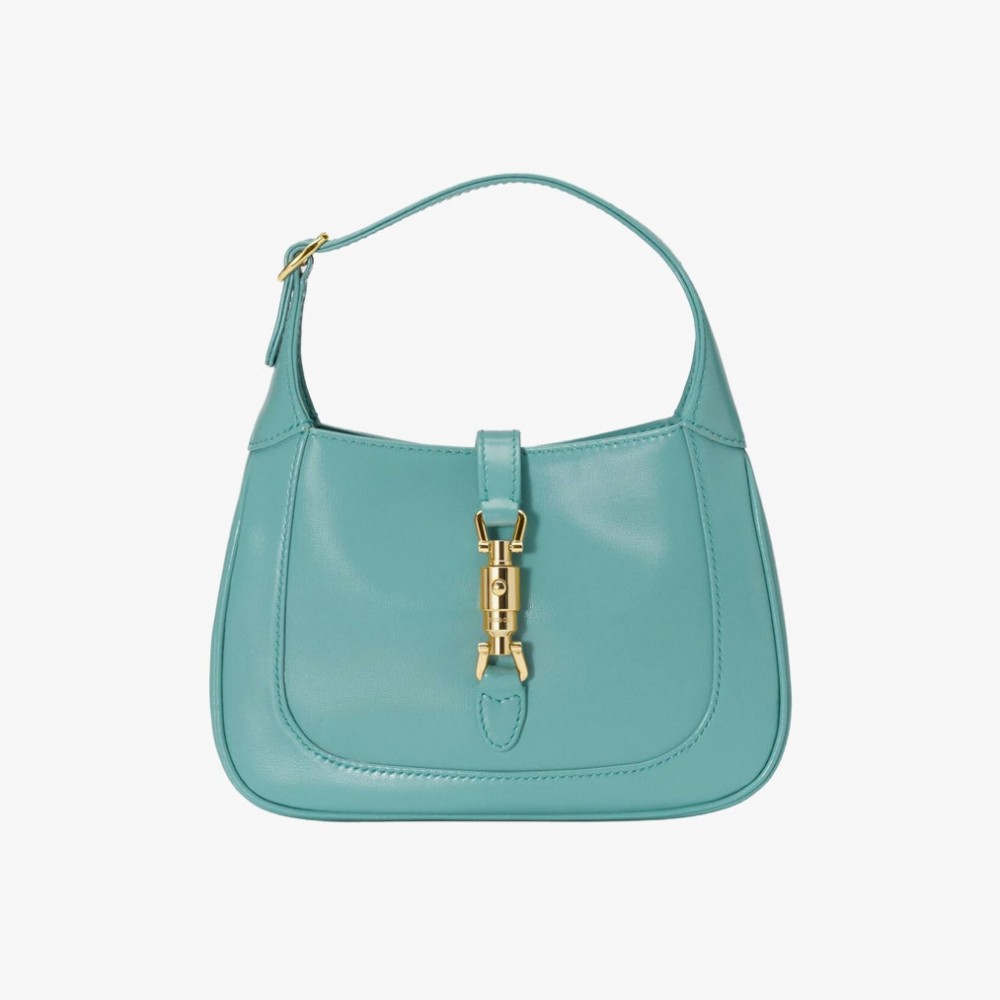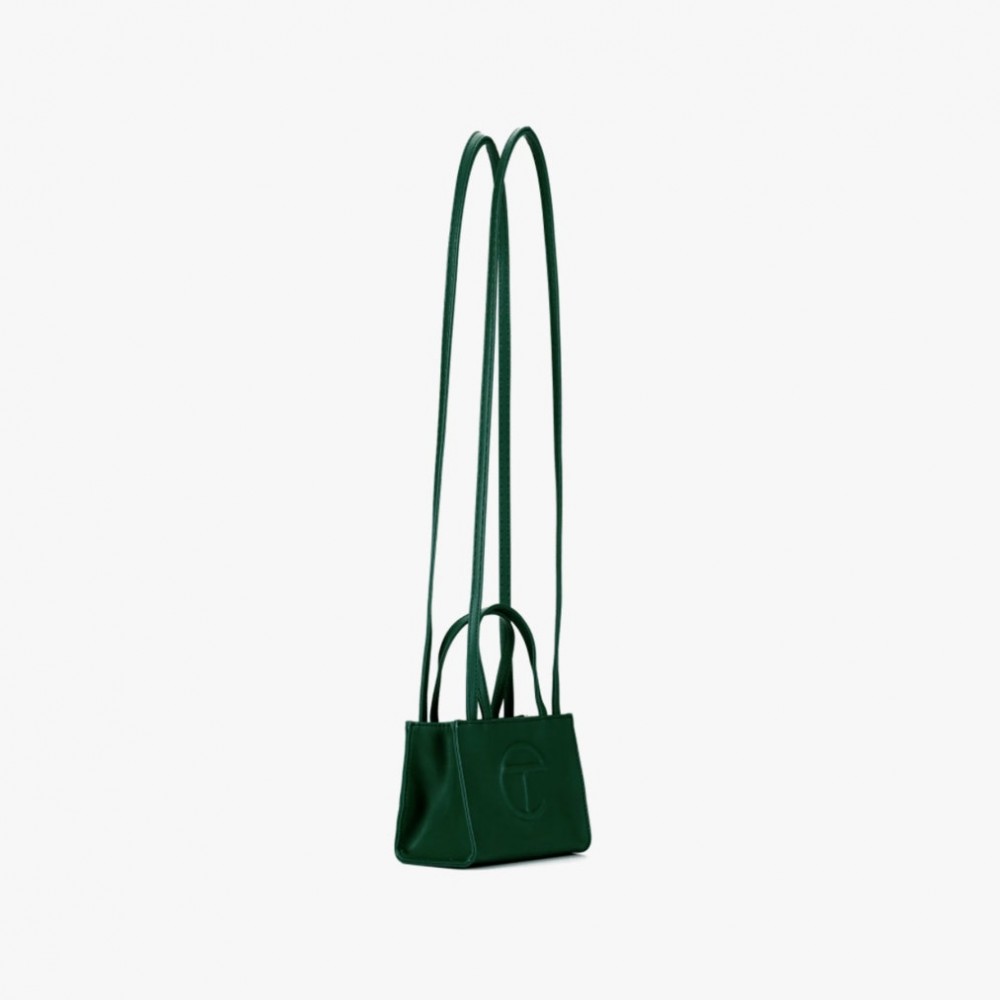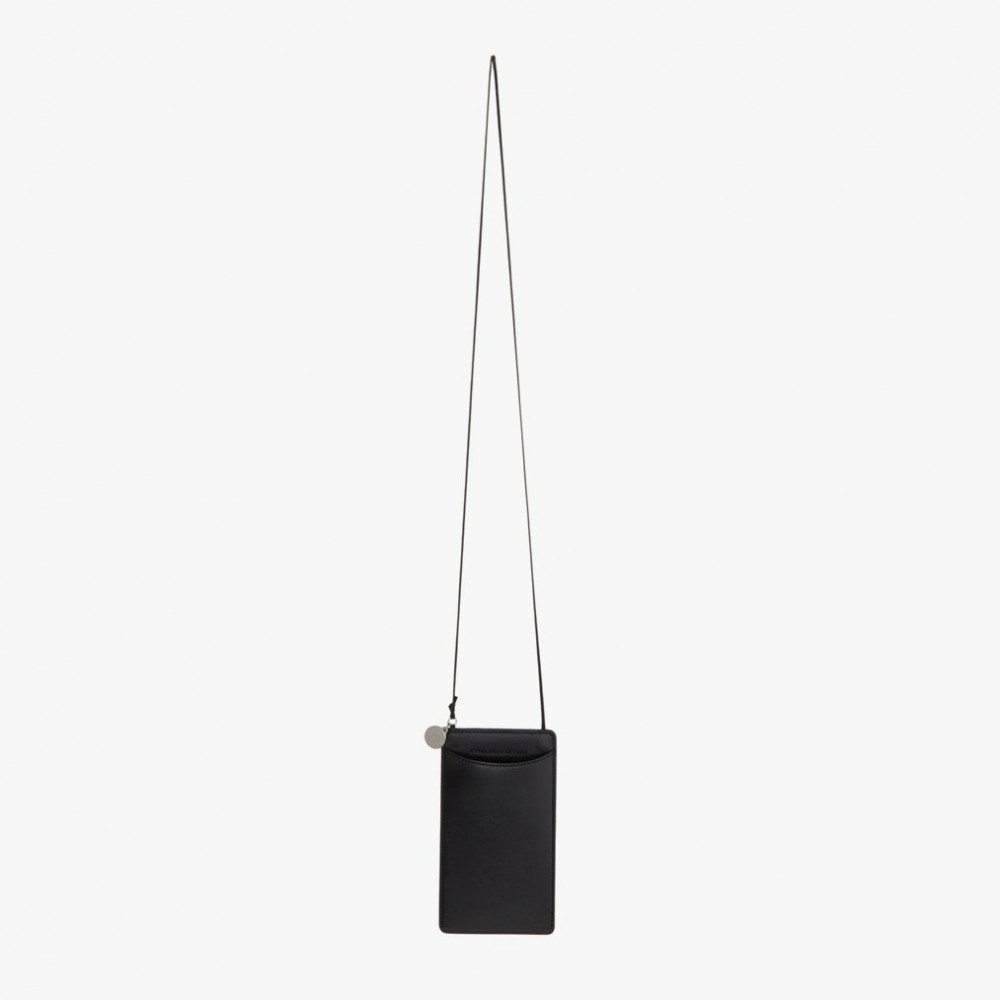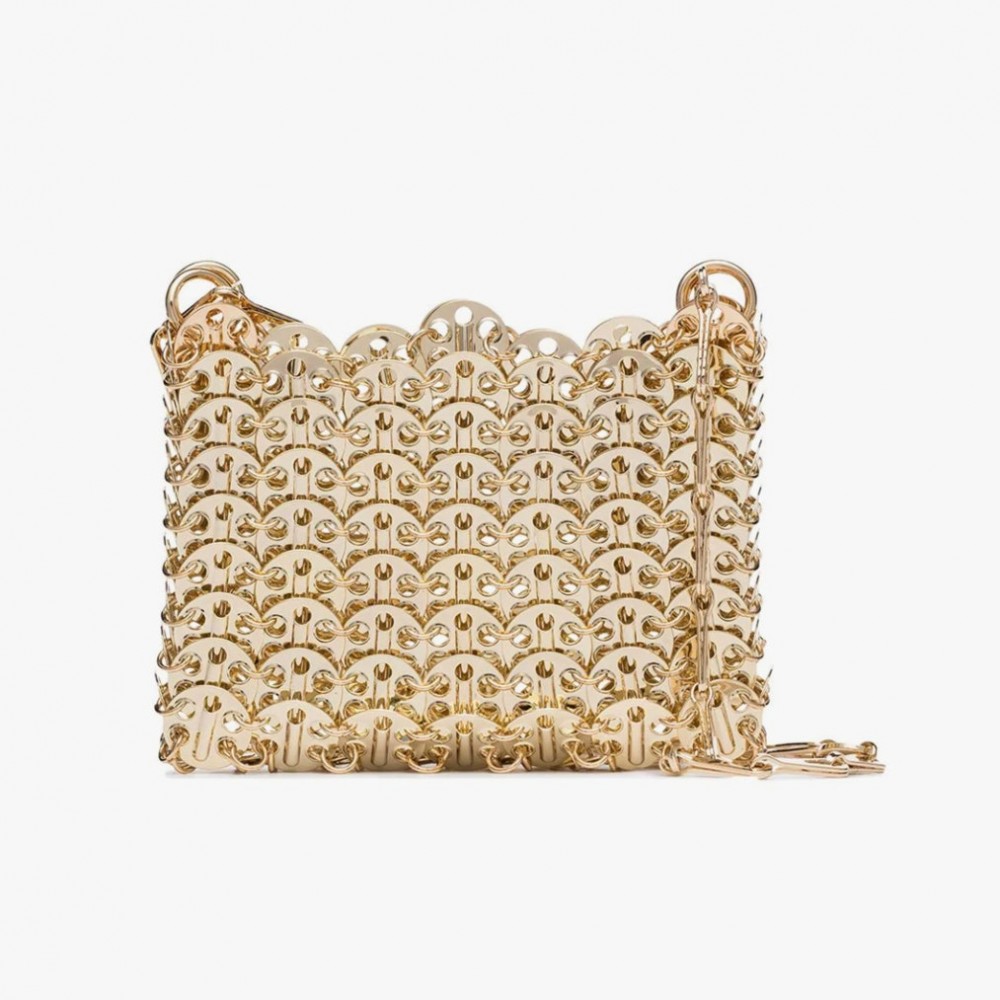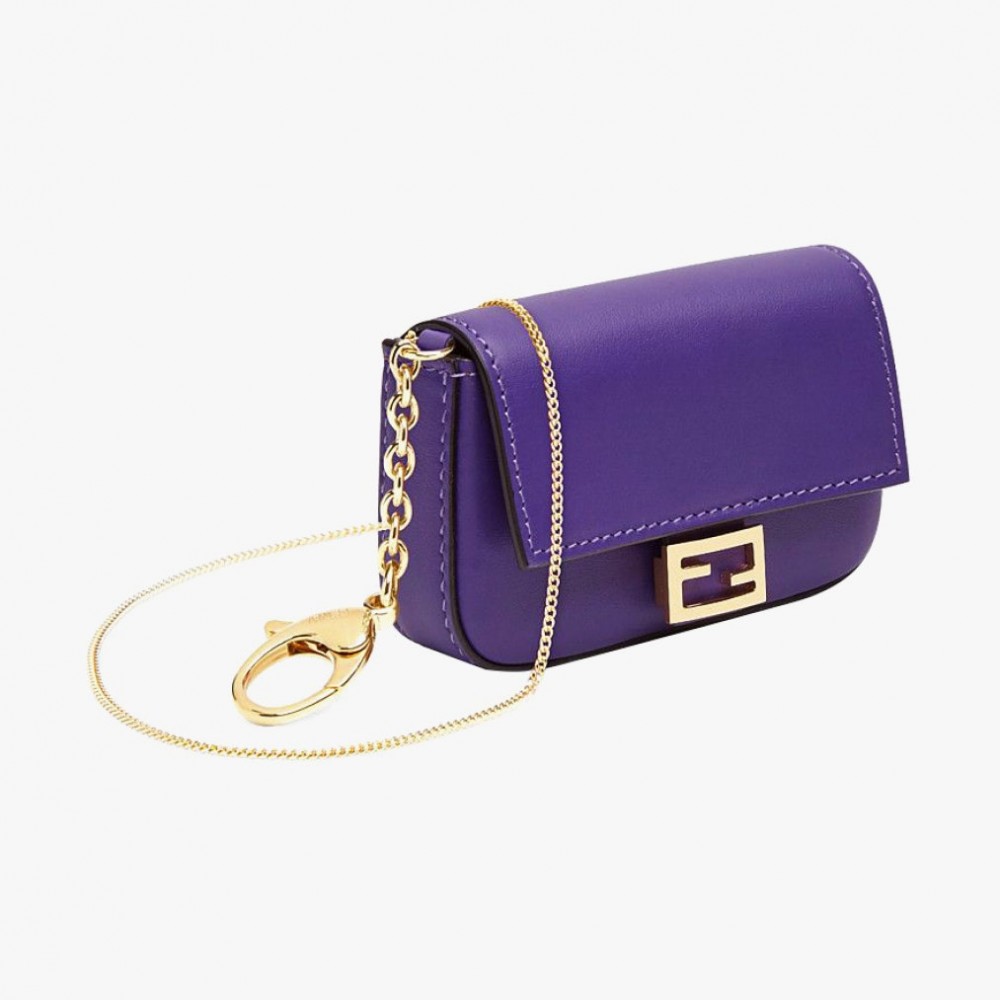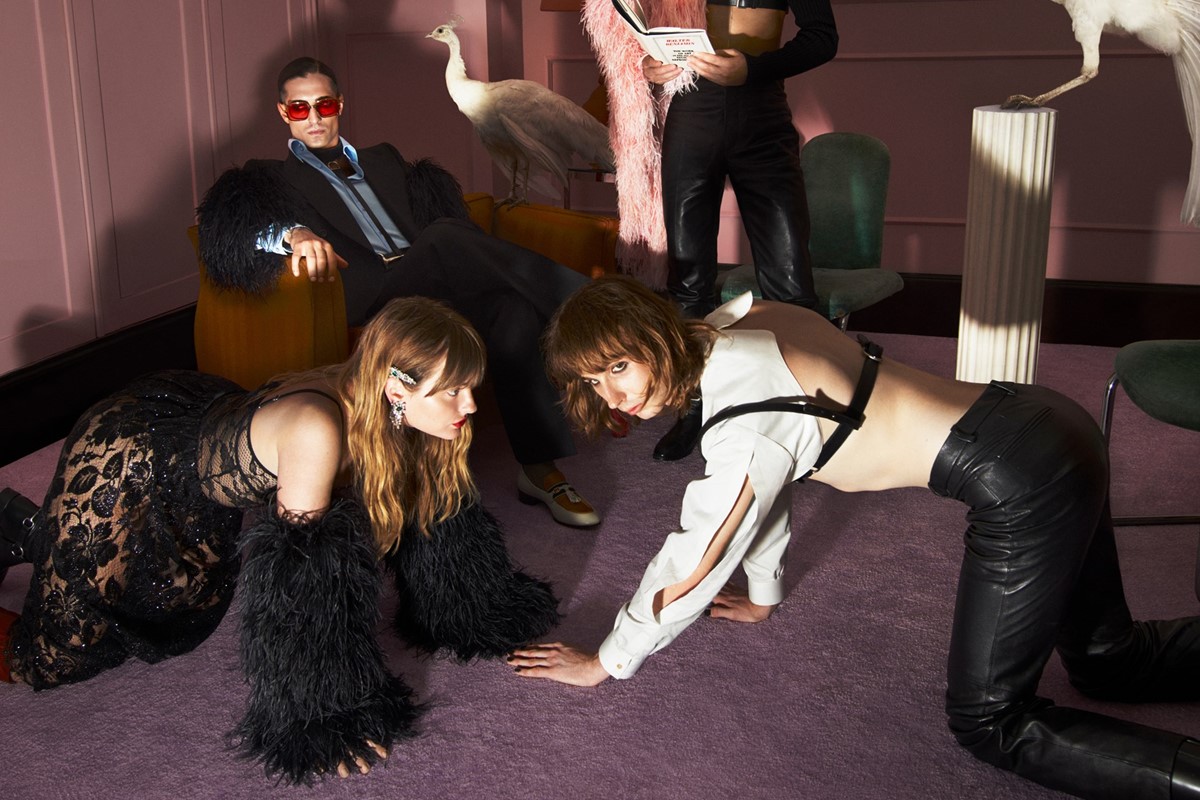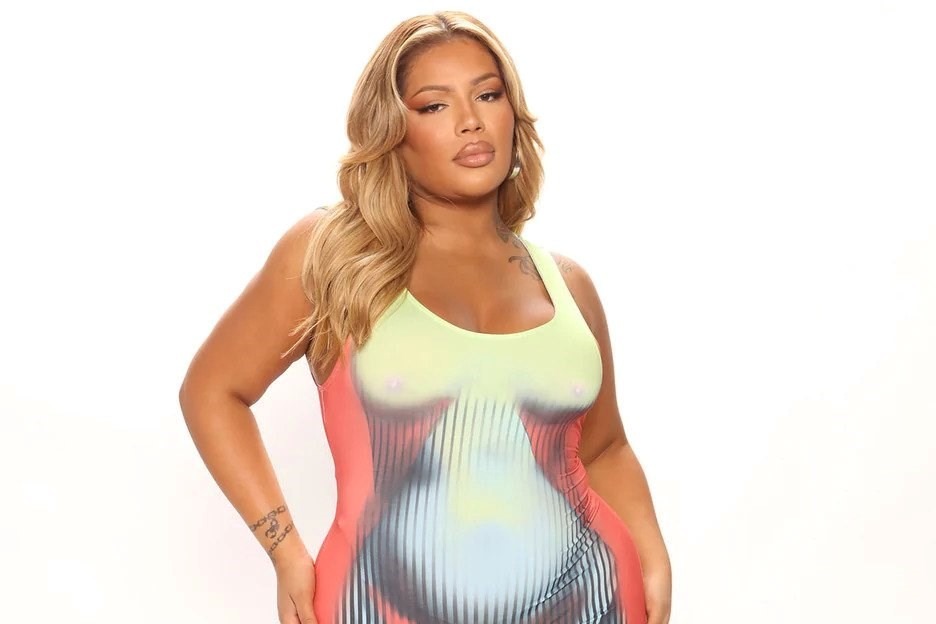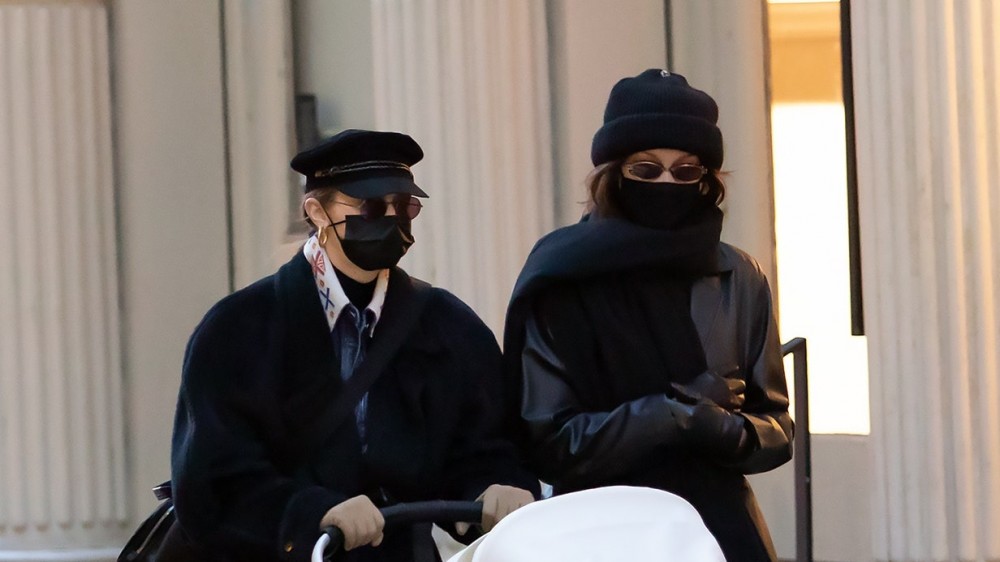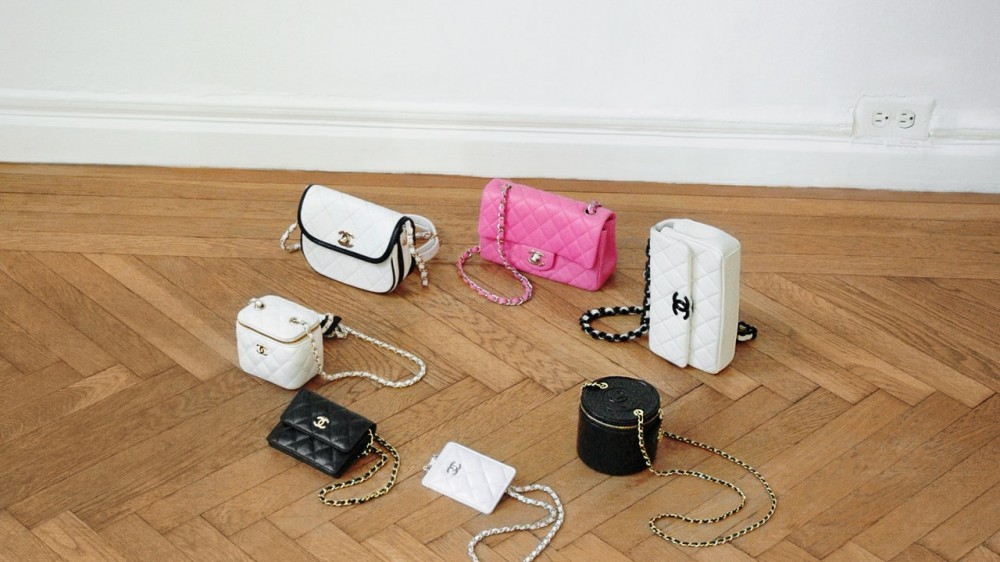
How One Vogue Editor Gave Up Her Pack Mule Life for a Small Bag Future
THE FIRST STEP was to empty my wallet, with its graveyard of receipts that had last seen the light of day in pre-pandemic times, loyalty cards from abandoned coffee shops, 17 NYC MetroCards carrying unknown currency. Cash!? I hadn’t handed over a fistful of filthy bills since you could still call a certain Mexican beer by its proper name without a second thought. And the salt in the wound: a reloadable Fun Card from Deno’s Wonder Wheel. Where is Deno’s Wonder Wheel? (Coney Island, it turns out. See you in the summer of 2022.)
For years I have been a large-bag person—not only to accommodate this brick of a wallet but to make sure I could handle all manner of mishaps: laptops that had lost their charge, episodes of low blood sugar, blotchy skin, a westerly wind. There is nothing sexy about this Mary Poppins mode, as evidenced by the well-worn Prospect Park Alliance tote in which I carried all this junk. Once it was a fresh and creamy color; it now resembles the terrain it honors.
But many months into the pandemic, my orbit has shrunk mostly to the blocks surrounding my Brooklyn home. It’s almost a cliché at this point to say that the pandemic has prompted us to streamline our lives, but when my oldest son’s school sent home a note saying that backpacks would not be necessary this year (they were limiting what came in and out of the building for as long as in-person classes were allowed), I found myself wondering: If a first-grader could free himself from excess baggage, couldn’t I?
And the moment seemed right. For years now, Jacquemus’s micro bag, about as tall as my pinky finger, has been more of an ubiquitous photo prop than practical vessel. But there has been a proliferation of purses that range from dainty—like Gucci’s mini Jackie bag—to the truly petite, like several of Paco Rabanne’s slinky chain-link sacs for spring 2021. The new Loewe bucket “bag” from their spring collection is shrunk to a doll-sized pouch, worn around the neck (Chanel, too, recently reinterpreted its classic 11.12 as a necklace), while Off-White’s perforated “Meteor Logo” carrier has ID-card dimensions you might associate with something usually attached to a lanyard.
I reach out to a friend whose dainty clutches I’ve always admired for her advice. “You must optimize your life so you don’t have to carry things around,” she tells me. “Everything should have a place, and there’s a place for everything.” Holly Golightly, patron saint of sprightly urban dwelling, my friend reminds me, kept her lipstick in her mailbox—“smart thinking!” It seems, though, that I’m a bit late to formulate a “live lightly” philosophy when it comes to what we carry. “Most people would agree that a phone is their most essential item,” says Stuart Vevers, the executive creative director at Coach. “It supports so many functions now that we need to carry a little bit less overall.” The timeless baguette, Silvia Venturini Fendi informs me, was born out of her conviction that “women just wanted a small bag that could hold all the deemed essentials.”
“Take what you need and leave the rest up to chance,” says Brother Vellies founder Aurora James. “Go quickly. Don’t hold on to the things that don’t serve you. Maybe take a mask.”
With these admonishments in mind, I set out to test a few models that I never would have considered in my prior pack-mule life. First up is James’s own creation, Brother Vellies’s Lijadu Billfold, a structured rectangle with a few warm hand-carved Kenyan hardwood loops accenting the strap. Of all the purses I have gathered, its precisely ordered interior does the most to assuage my downsizing anxiety: It wields multiple credit-card slots, a zippered pocket, even a mirror stitched into the top flap.
The next day before drop-off, I transition to a classic quilted Chanel flap bag. It’s smaller and more formal than anything I would usually wear, but I find myself drawn to the metal-and-leather chain-link strap, which seems like something a chic librarian on the Upper West Side would use to secure her reading glasses. The chain glints subtly in the late fall sun, and I can’t remember the last time I put on something with a bit of sparkle. The rectangular base reminds me of the solid, comforting spine of a book, and out of a vestigial habit born of long subway rides, I attempt to wedge in a reissue of Jean Rhys’s Voyage in the Dark, a title that seems appropriate to our times. (No go—Kindle it is.)
For school pickup later in the day, I transition to Telfar’s highly coveted, gone-before-you-can-refresh-your-browser small shopper—the Bushwick Birkin, it’s been called—looking forward to a fleeting moment of “How did you get that?” glory. “Do you have any snacks?” my son asks when I arrive. No, I tell him. This bag doesn’t make room for the caloric needs of a four-year-old, and anyway I don’t think Telfar would take it kindly if I returned it with pretzel crumbs inside. The pint-size crowd at PS 139 is not impressed.
THAT EVENING, I’m invited to a neighbor’s to bite our nails collectively as we watch election returns on a screen that he’s erected in his yard. An event! The firepit is crackling; another neighbor sways in the flickering light with a baby strapped to her chest; dogs weave between people’s ankles. For this outing, I’ve chosen Stella McCartney’s card holder–and–coin purse combo. The two small pouches are each about the size of my palm, and I have stuffed one with leftover Halloween candy to bribe my older kids to tag along in their pajamas and duffle coats; the other holds my keys and nothing else. I have no money, no cell phone, no contact-lens drops to counter the effects of the woody smoke; through a foggy scrim, I squint and think I see a dim star in the sky.
“That’s funny—I’m finding myself carrying more stuff than ever before,” a friend says when I tell her about my new vision, my new levity, my new unencumbered life. “Masks, wipes, sanitizer….” She’s not alone in responding to times of turmoil by schlepping more rather than less. Back in 1918, during the flu pandemic, women—like today—carried masks and other face coverings, according to Melissa Marra-Alvarez and Elizabeth Way, cocurators of “Head to Toe,” an upcoming exhibition at The Museum at FIT on the social-cultural significance of accessories. During World War II, handbags with special compartments for gas masks were manufactured. Despite all this, I feel a new commitment to leave behind the detritus of my old life once the experiment is over—not with a mournful farewell but with appreciation for the simplicity in my new life. If that simplicity happens to take the shape of a delicate Chanel clutch, I’ll take it. In this new and unpredictable world, a sense of preparedness comes in all sizes.

